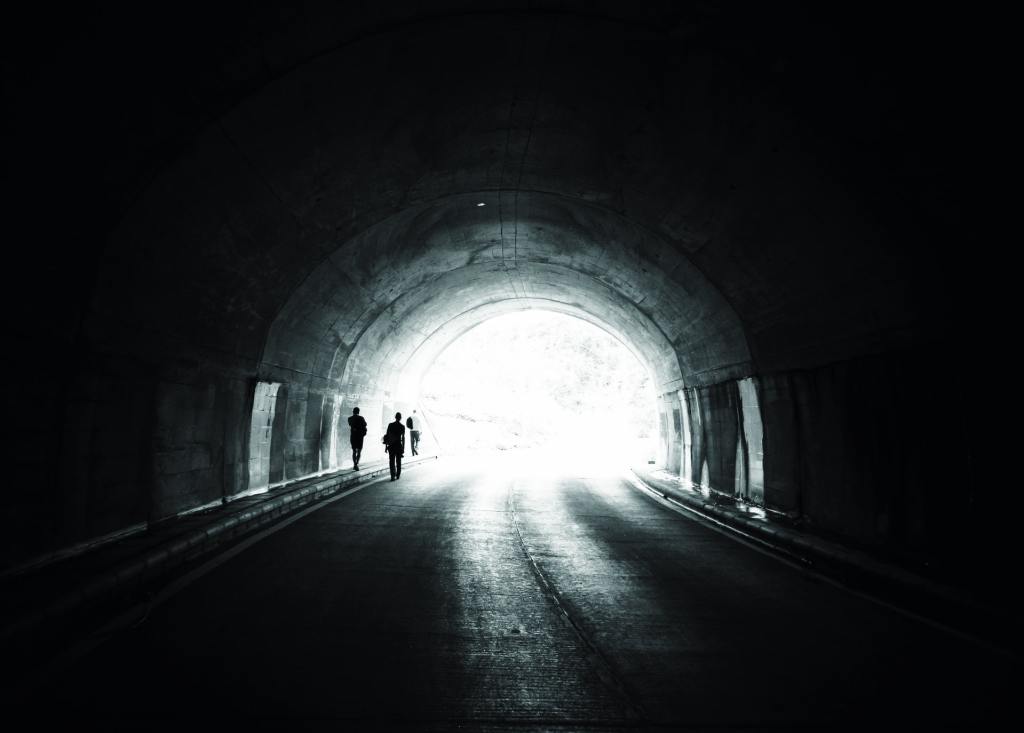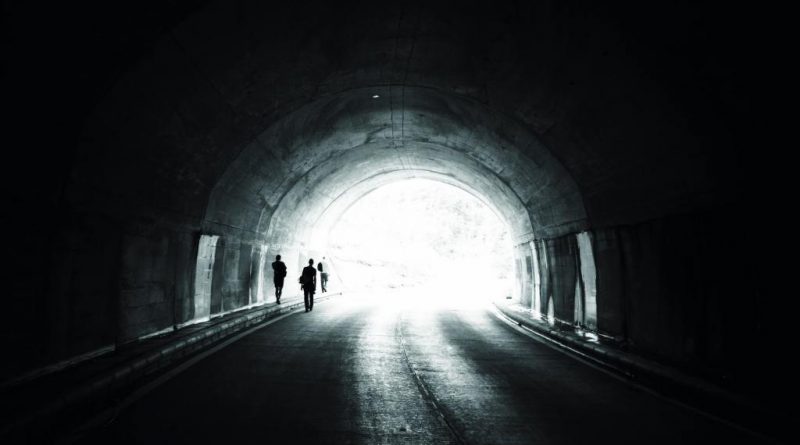A Light at the End of the Tunnel: Light Therapy for Seasonal Affective Disorder

Every winter is the same thing for me personally: gloomy, dark, and sad. Even though many people have a tendency to feel more downhearted during this particular season due to the short days and cold temperature, some have what’s called seasonal affective disorder (SAD).
SAD is a type of depression that always occurs toward the end of fall and through winter, subsiding in the spring and summer. Doctors diagnose SAD following a pattern of two years of major depression occurring throughout a specific season, most typically winter.
Symptoms
Symptoms of SAD include:
- oversleeping
- overeating
- weight gain
- low energy
- social withdrawal
- craving carbohydrates
Risk Factors
If you’re female, you’re four times more likely to experience SAD. The farther you reside from the equator, the greater your chances are to suffer from it. Younger adults have a tendency to demonstrate symptoms of SAD more than older adults. For those who have a family good reputation for depression or else you already have depression or bipolar disorder, you might be vulnerable to SAD. Like a female residing in northern Colonial with depression and a family history of depression, unfortunately, many of these factors apply to me.
Cause
Medical professionals are uncertain of what causes SAD, but studies show that biology plays a job. For example, research has found that people with SAD convey more difficulty regulating their serotonin levels than people without. They may also make too much melatonin, making you sleepier, and not enough vitamin D, which may be linked to depression symptoms.
With COVID showing no indications of disappearing, I believe this is one of the toughest winters for those who have SAD ever. I’m already on medication for depression, what exactly else can I do to prepare for what's going to surely be a long season?
Light Therapy
My doctor recommended light box therapy (phototherapy). Light box therapy involves exposing oneself to special lighting that mimics natural sunlight. It's supposed to alter chemicals in the brain to mitigate SAD symptoms. You sit by a lightbox, which is just like a funny-looking lamp, for at least Thirty minutes a day.
Lightboxes are available online. Insurance doesn’t usually cover them. Not every light boxes are the same and range fairly widely in cost. The one I purchased cost a little over $100 on Amazon: Carex Classic Plus. Newsweek recommended it as one of the best lightboxes on the market.
Side Effects
Light treatments are safe and it has few side effects. For those who have bpd, check with your doctor before beginning light box therapy, as it might cause mania, euphoria, or hyperactivity.
Success Factors
Success with light therapy depends on timing, intensity, and duration. It’s best to engage in light therapy at the start of the morning after you first awaken. Use a 10,000-lux light 16-24 inches out of your face, and intend to sit by the light 20-30 minutes (some doctors recommend building up your time gradually from just a few minutes).
If you decide to try light therapy, you may see leads to just a few days, or it might take a few weeks or more. While it’s not really a cure for SAD, it may help alleviate the symptoms, improve your energy level, and help you feel better in general.
This year, I’m doing everything I can to combat my depression. I don’t know if light box therapy is useful for me, but I’m hopeful.

